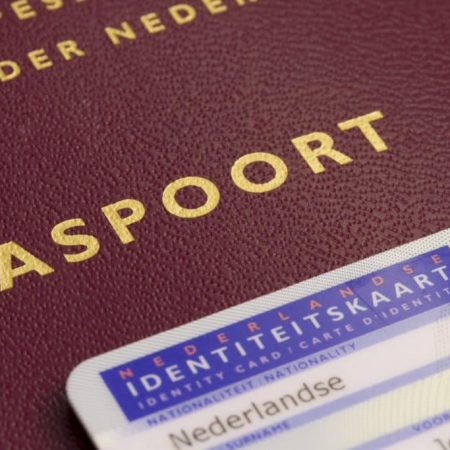Scientists say they’ve improved on emotion recognition from a person’s gait
Researchers continue to try to refine methods of reading a person’s mood from their gait biometrics, and the math gets deep fast.
Enough people around the world are spooked by efforts to identify people based on their gait and to read the emotions of people from real-time videos of their faces. Getting emotional reads on person based on how they walk (presumably along with their identity) is a lesser-known area of research that likely will increase the unease with biometric surveillance.
There are many papers, peer-reviewed and not, prodding this possibility to life, so methods are competing with one another.
This fall, a team of ostensibly academic Chinese researchers published a non-peer reviewed paper that begins with the observation that “the human skeleton is naturally a graph in non-Euclidean space.”
Ostensible because of the well-documented, prevalent military involvement in biometric surveillance. Beijing has deployed a public facial recognition system second to none against its own people, including nationwide campaigns to jail religious and ethnic minorities.
This team included members from the School of Computer Science and Technology, Chongqing University and Nanning Normal University. One member was with the Australian Artificial Intelligence Institute at the University of Technology Sydney.
Some of the most popular methods used in this enterprise, the author writes, are too inflexible or suffer from insufficient emotional information to perform their assigned tasks well enough.
The researchers’ solution was what they call a multi-scale adaptive graph convolution network (also known by the equally obscuring MSA-GCN).
They claim to be able to get “more discriminative and robust emotional features to recognize emotion.”
The algorithm is using coarse-grained graphs to extract overall data of a gait and fine-grained graphs to uncover local information. This approach solves the inflexible/overwhelmed shortcomings of prominent gait recognition efforts, according to the researchers.
MSA-GCN, used on two public datasets, reportedly improved mAP by 2 percent compared to other state-of-the-art algorithms. MAP is object detection accuracy and is applied to biometrics, motion recognition, image classification and other tasks.







